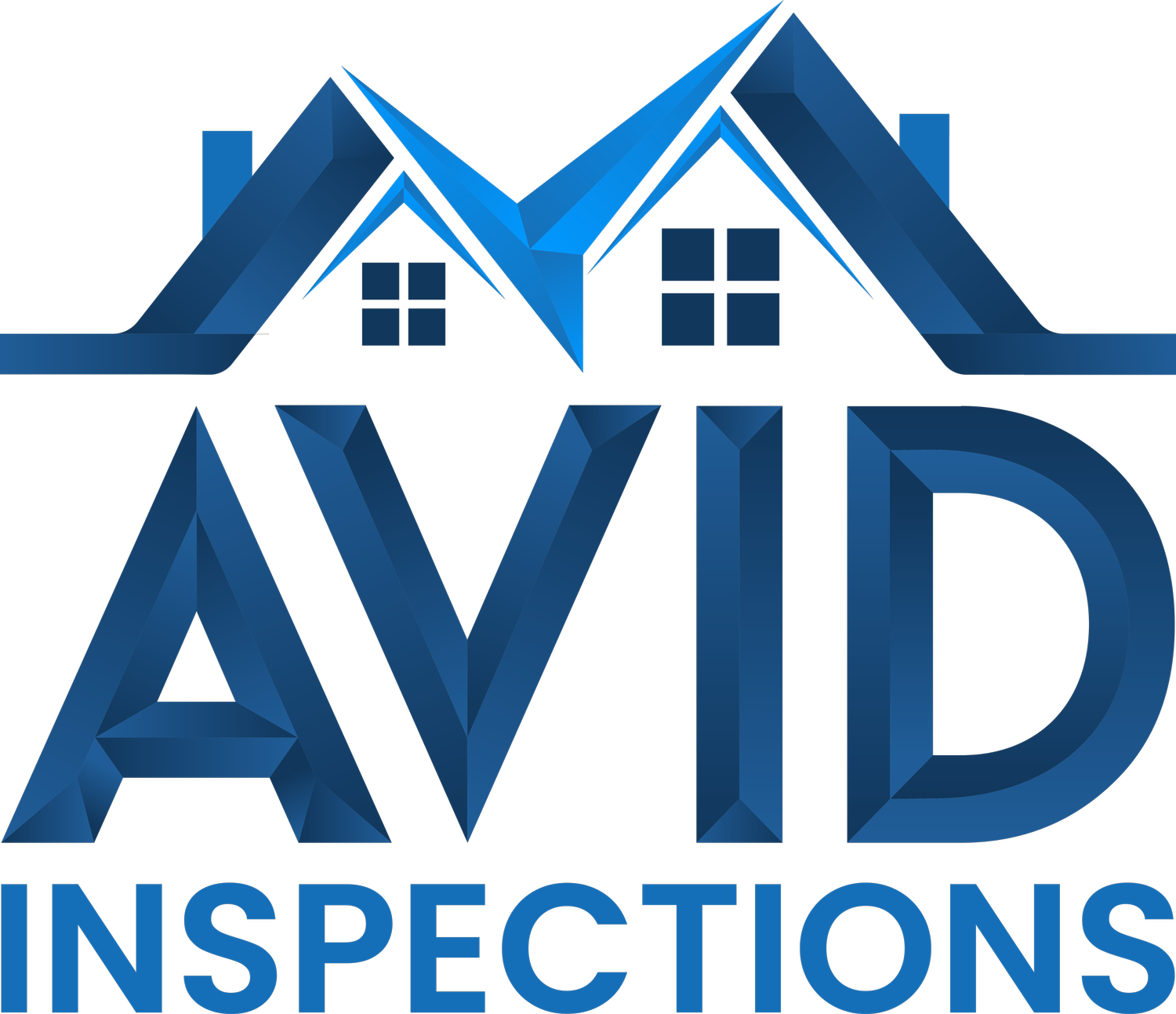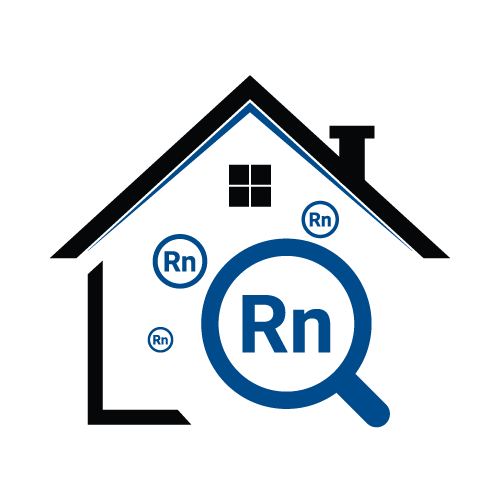Radon gas is a silent and invisible threat lurking in homes across America. Originating from the natural breakdown of uranium in soil, rock, and water, radon cannot be seen, smelled, or tasted—making it impossible to detect without testing. Yet, it’s the second leading cause of lung cancer in the U.S., responsible for approximately 23,000 deaths annually, second only to smoking.
In fact, the National Academy of Science estimates that 1 in every 10 lung cancer deaths may be caused by radon exposure, making it the 7th leading cause of cancer overall. The risk is even greater if you smoke, as the combination of smoking and radon significantly increases the likelihood of developing lung cancer.
Radon doesn’t discriminate based on neighborhood, home age, design (slab, crawl space, or basement), or energy efficiency. Even homes next door to each other can have drastically different radon levels. The only way to know if your home is safe is through professional radon testing.
What’s especially concerning is that radon exposure has no immediate symptoms. It takes years of exposure before any health problems arise. Children may be particularly vulnerable due to their higher respiration rates and rapidly dividing cells, which are more susceptible to radiation damage.
This isn’t just a local issue—it’s a national environmental health problem. Elevated radon levels have been found in every state, with the EPA estimating that 1 in 5 homes has unsafe levels. Testing is crucial for your peace of mind and safety.
Organizations like the US EPA, Surgeon General, American Lung Association, American Medical Association, and National Safety Council strongly recommend testing your home for radon. Don’t leave your family’s health to chance—schedule your radon test today and take the first step toward ensuring a safe, healthy home.

